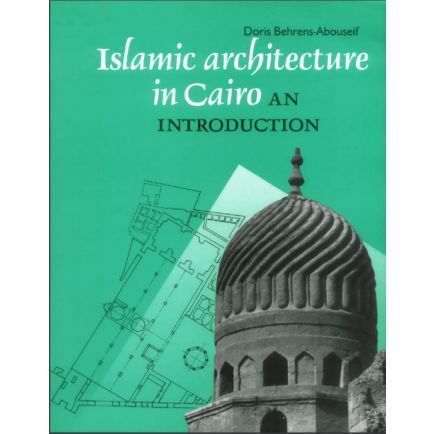
Islamic Architecture In Cairo: An Introduction
Date Added
28/07/2019
Content Type
Book
Category
Architecture
Link to Content
Subject Area
Architecture
Author
Doris Behrens-Abouseif
Description
Cairo's architectural monuments rank among humanity's great achievements. Recognizing that their preservation is a matter of importance to the whole world, UNESCO has listed the Egyptian capital as one of the "Cities of Human Heritage." Such recognition is well justified, for few cities on earth display such a dense concentration of historic architectural treasures as does Cairo.
This concentration reflects the political situation of Islamic Egypt, which never had another capital outside the space occupied by the city we now call Cairo. Historians describe a series of capital cities—al-Fustat, alcAskar, al-Qata^ic - and al-Qahira—but all of these were within sight of one another and eventually became a single city. Cairo has been the uninterrupted center of power in Egypt since the year 641.
Continuous, centralized power in one area distinguishes Egypt from other Islamic nations such as Syria,
Iraq, Anatolia, Andalusia, and Persia, where different
cities vied for supremacy in different epochs, sometimes
simultaneously. Muslim Egypt was ruled from a single
site, the area between the mosque of
cAmr in the south
and Bab al-Nasr and Bab al-Futuh to the north. Outside this area very few medieval buildings of interest
have survived, while within it, a large number of
Egypt's medieval and post-medieval monuments still
stand, witnesses to more than eleven centuries of
history.





